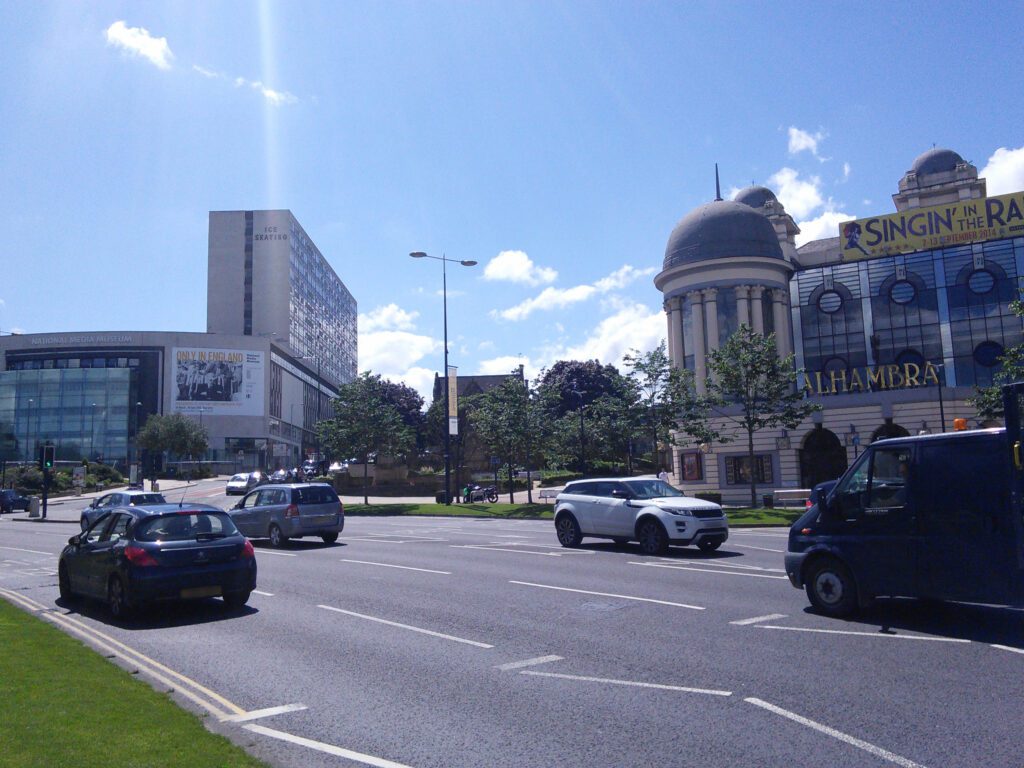
New research by the ground-breaking Born in Bradford (BiB) research study has revealed the extent of Bradford residents’ worries about pollution in the city.
The research, funded by the National Institute for Health and Care Research, aims to find out the impact of proposed changes in the city to combat pollution and was set up in response to the planned implementation of a Clean Air Zone in Bradford on 26 September 2022 which would see older, polluting commercial vehicles pay a daily fee to enter the zone.
The team surveyed 1,996 Bradford residents, including 1,154 families who have been participating in the BiB study since their children were born. They found that only 1 in 8 of people surveyed thought that air quality in Bradford was good, and two-thirds thought that it was extremely important to improve air quality in the city.
Over 70% of the sample said they supported the introduction of a Clean Air Zone in Bradford, with just under half reporting that they thought it would improve air quality, and two-thirds reporting that it would improve the health of their families and community.
“Born in Bradford research has provided vital evidence showing the terrible consequences that polluted air has on the health of children living in the city,” explained Professor Rosie McEachan, Director of the study.
“Over the last 15 years Born in Bradford has shown the harm of air pollution – from stunting the growth of babies to contributing to the high rates of asthma in the city. These new findings show that Bradford residents share our concerns and the vast majority support the implementation of initiatives to reduce pollution, like the proposed Bradford Clean Air Zone.”
The Clean Air Zone, which was developed by Bradford Council in response to a government directive, will be charging the most polluting taxis, buses, coaches, heavy goods vehicles, lorries and vans a daily fee to enter the Clean Air Zone. Passenger cars will not be charged. There is over £30 million in government funding available to help the district become cleaner. The new Clean Air Zone should substantially reduce pollution in the city and improve health.
Dr John Wright, Director of the Bradford Institute for Health Research, part of Bradford Teaching Hospitals NHS Foundation Trust, said: “The tragedy is that it is Bradford’s children who are harmed most by air pollution. Clean Air Zones are one of the most effective ways for us to protect them. Almost half the schools in Bradford will be in the Clean Air Zone and so our children will be shielded from the toxic effects of traffic-related air pollution.”
Tahira Amin lives in Bradford has two children with asthma, aged six and 15. She said: “Pollution is a major trigger of my children’s asthma, particularly in winter. I’m really concerned about the exhaust fumes that my kids breathe in on the way too school and all the cars I see idling outside the school gates. I think the Clean Air Zone is a brilliant idea if it encourages people to use alternative methods of travel and reduce pollution. I hope it will make a difference to the air my kids and I breathe.”
Born in Bradford Principal Research Fellow, Dr Tiffany Yang, has been working with schools and children across the city to identify additional ways in which communities can act together to reduce pollution in their local area. She said: “We have been working with schools, pupils, and parents to find ways of reducing children’s exposure to air pollution on their school journey. Pollution is something that families are really worried about but there are some things that we can all do like trying to minimise the time we spend in our cars, especially for short journeys, as well as switching to more active forms of travel such as walking, biking, or scooting. It can also be helpful to take less busy roads as they will be less polluting.
For more information read our Briefing Note on this topic.

